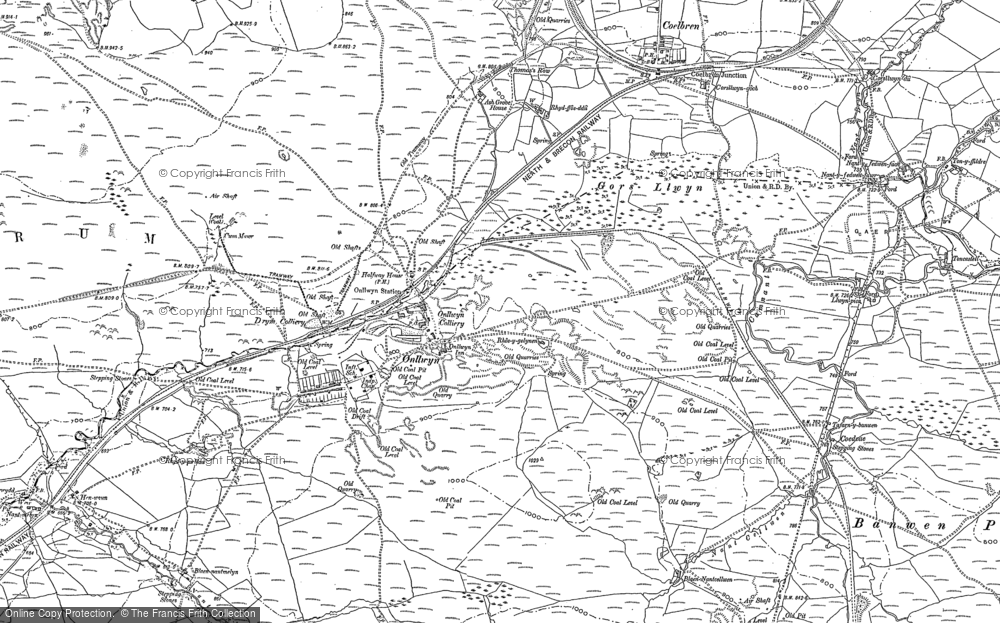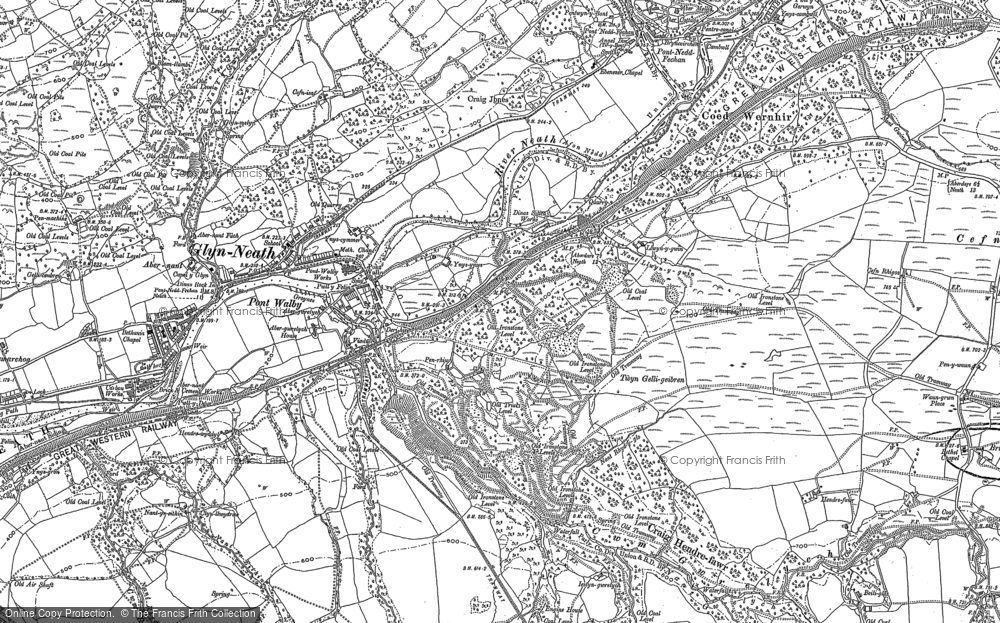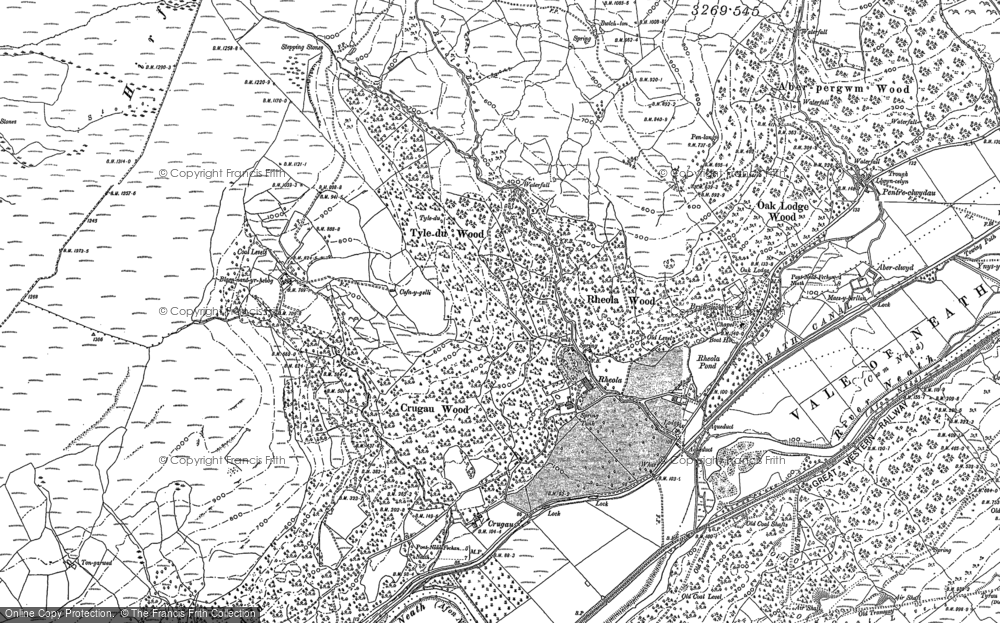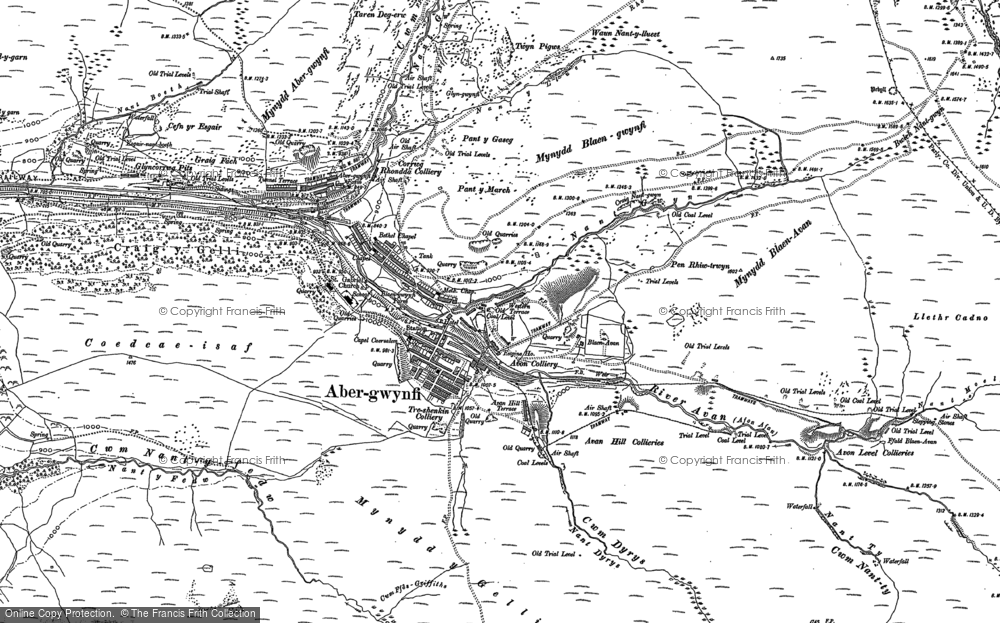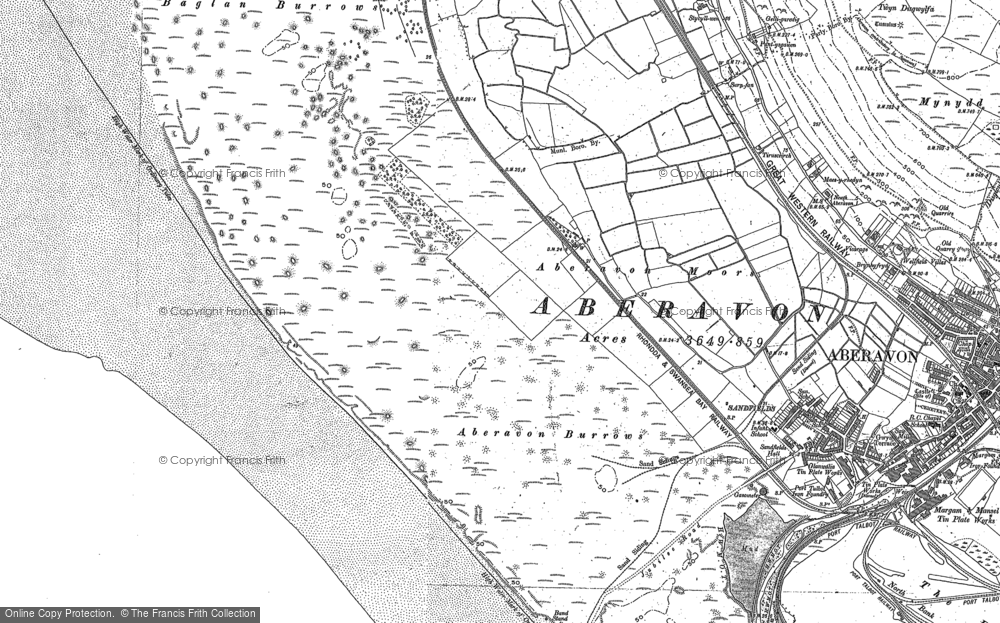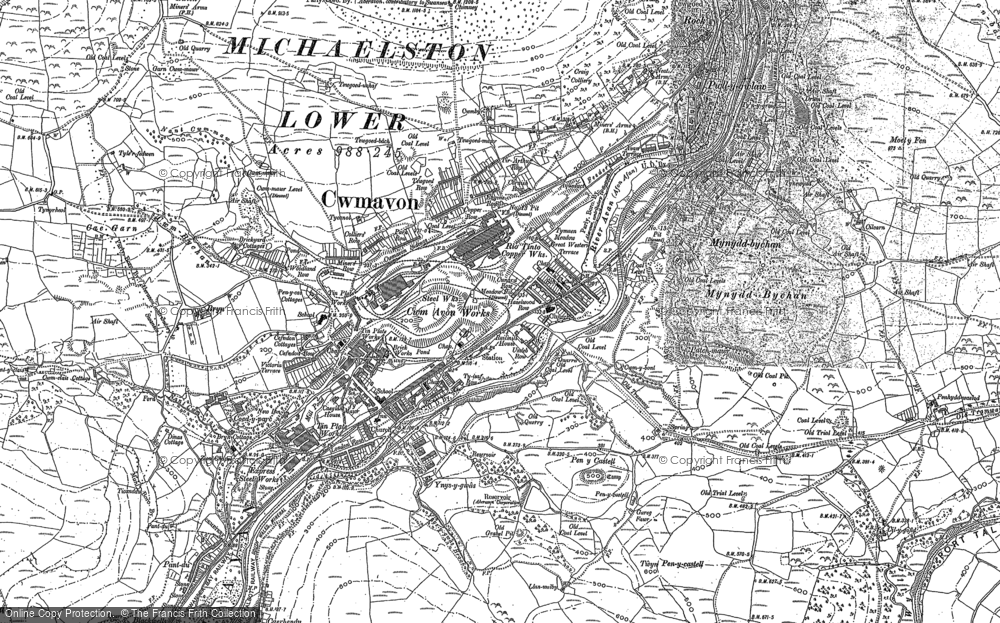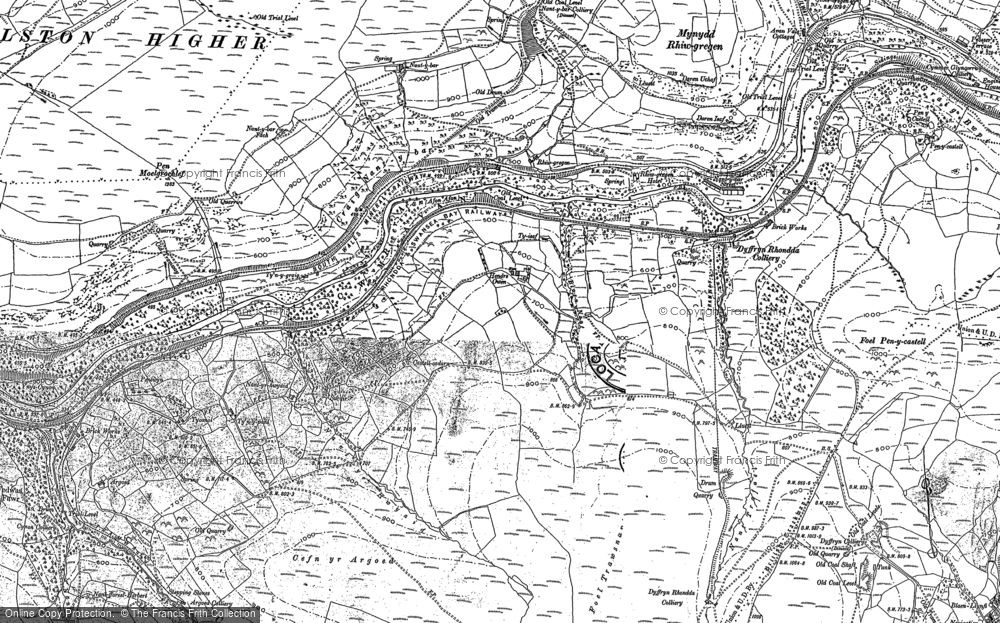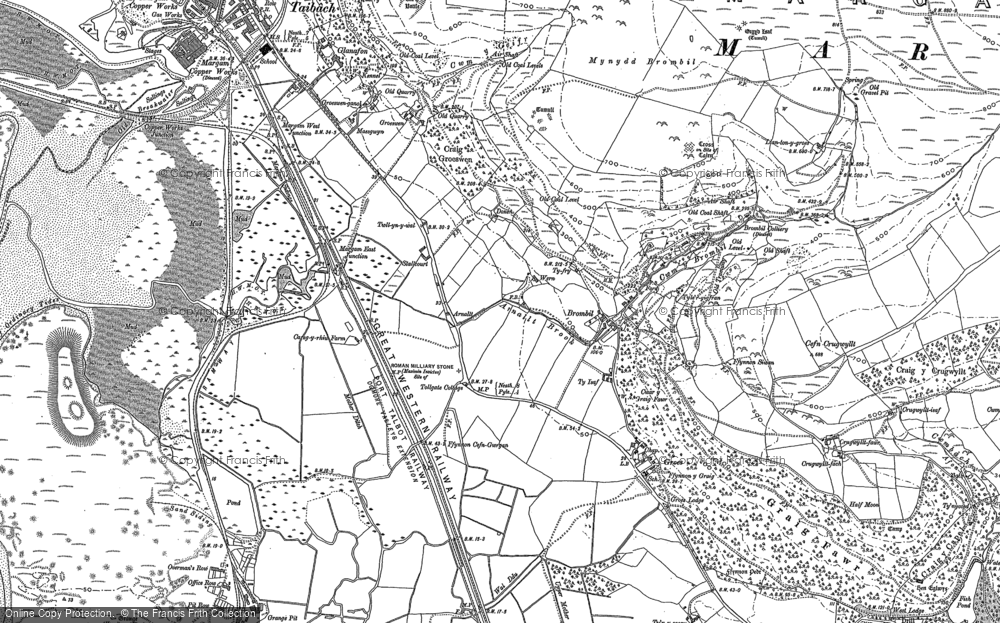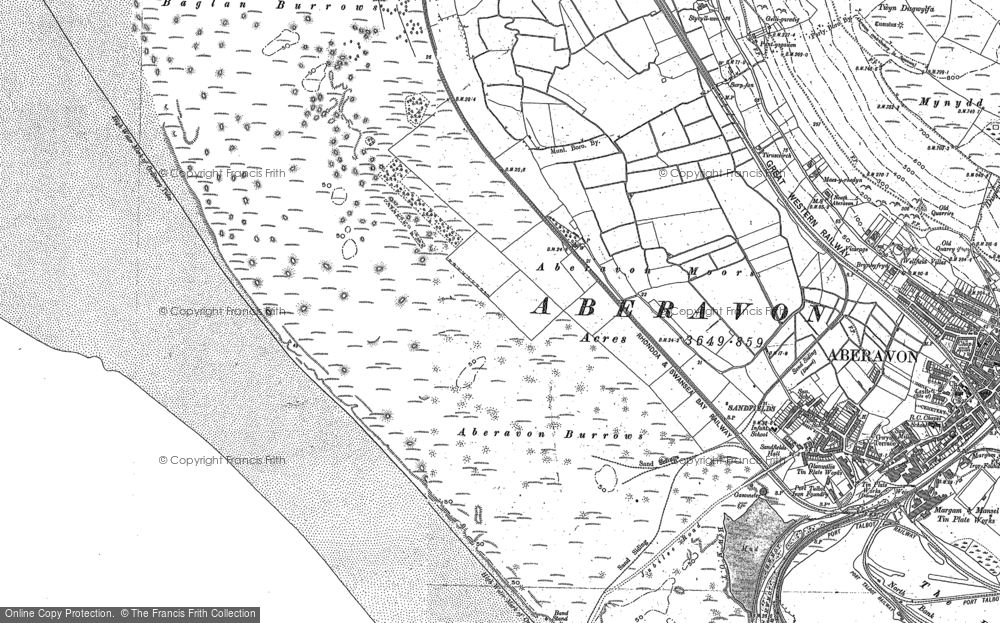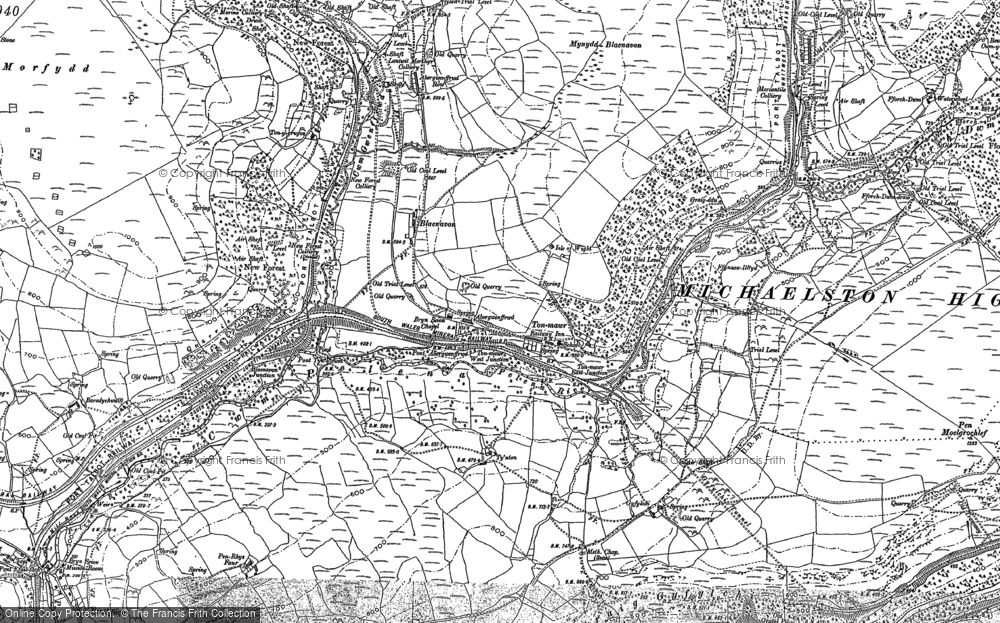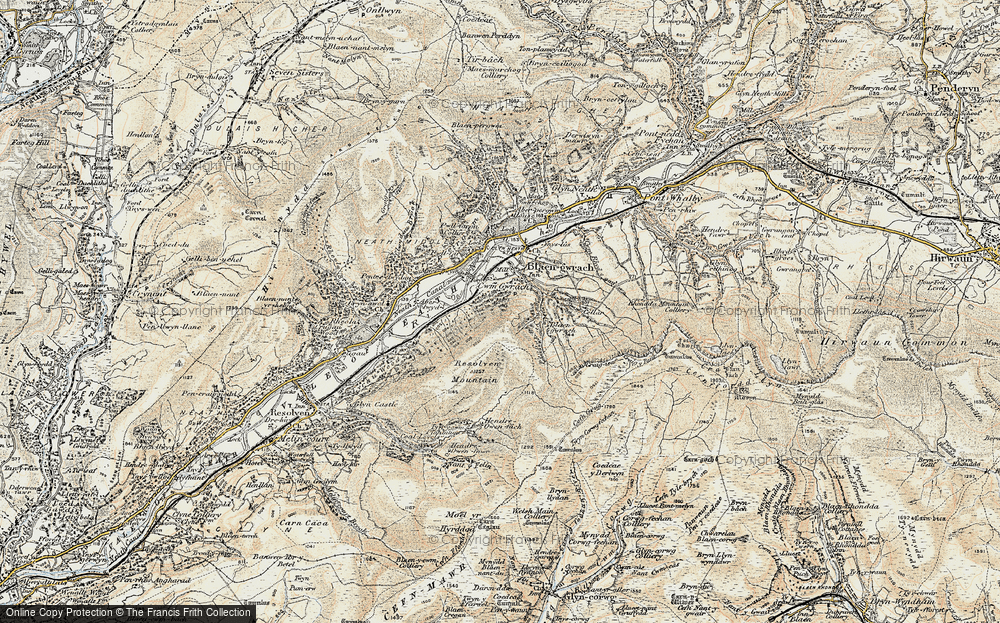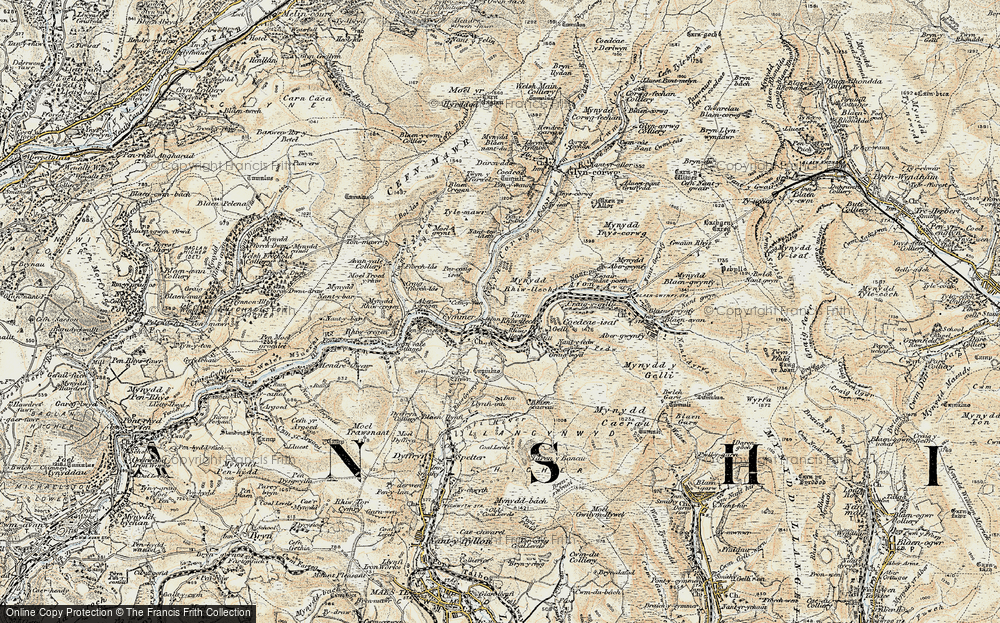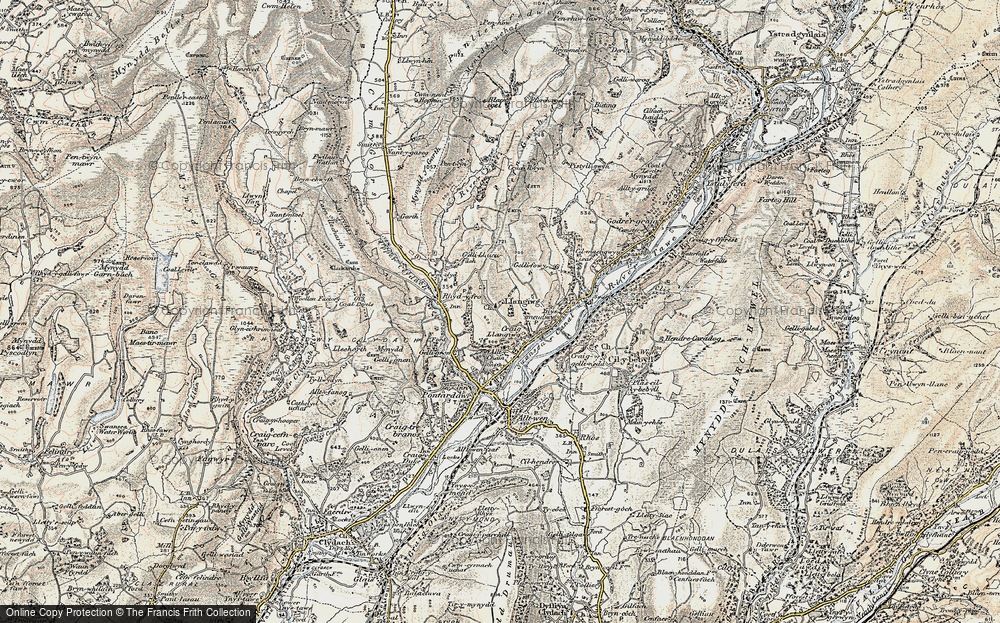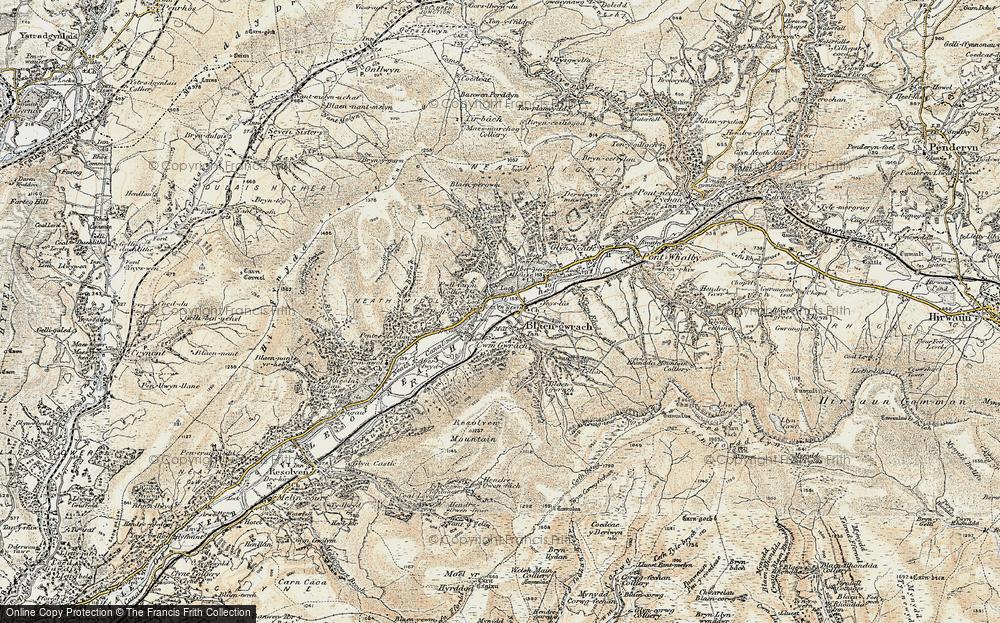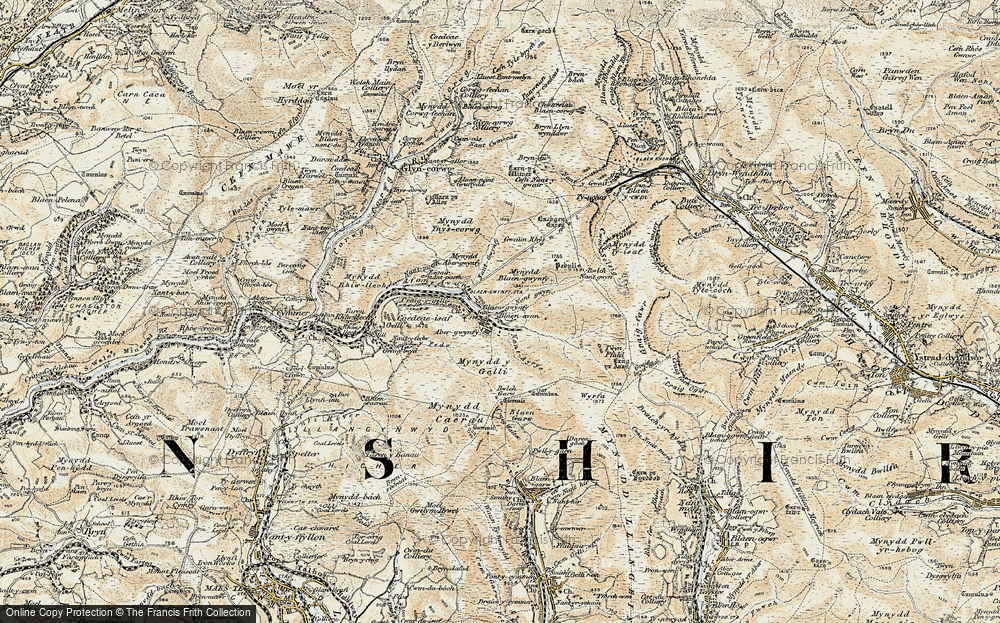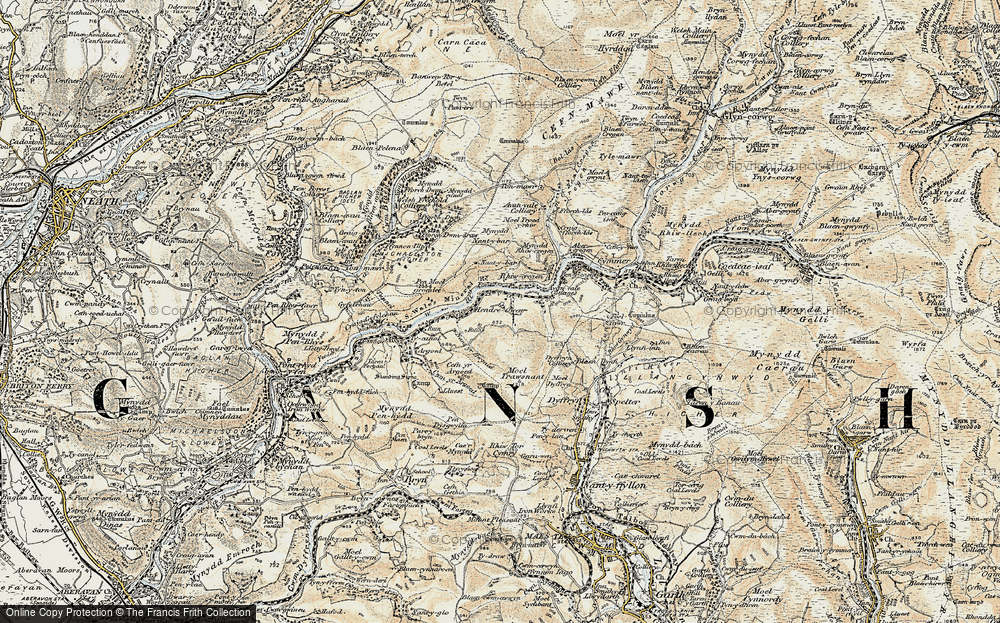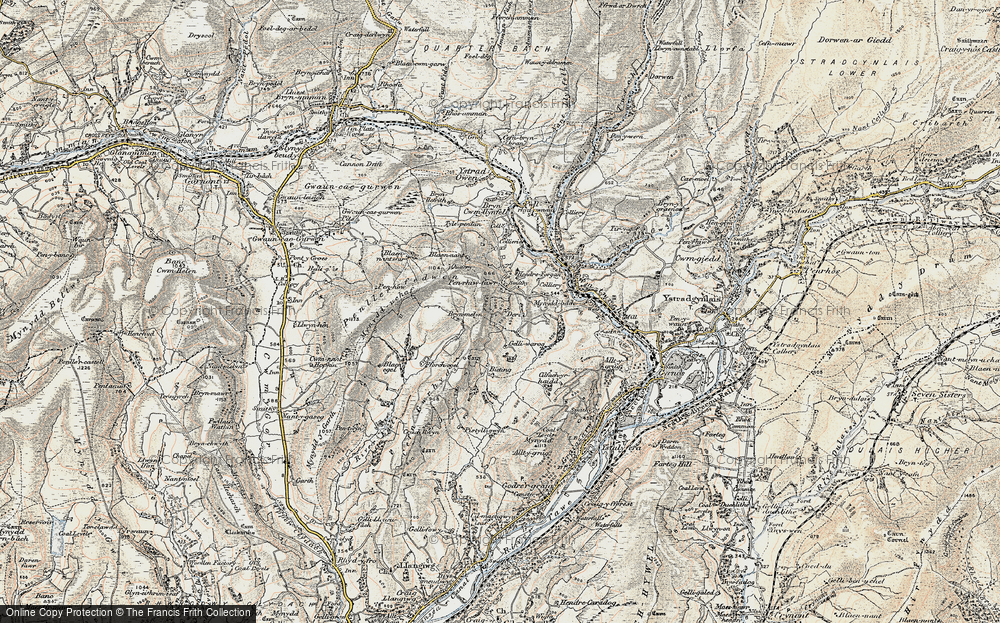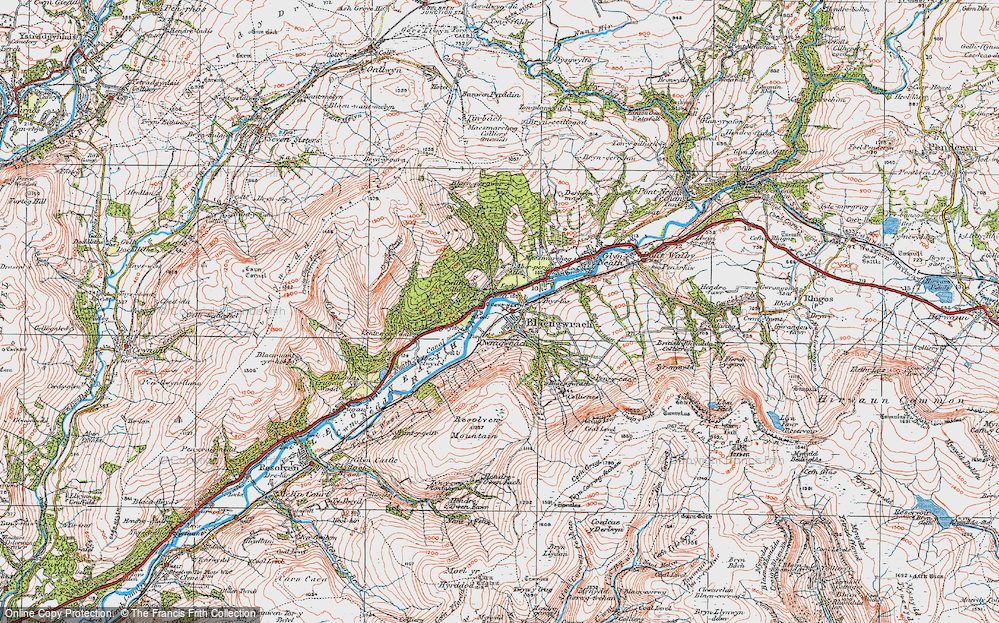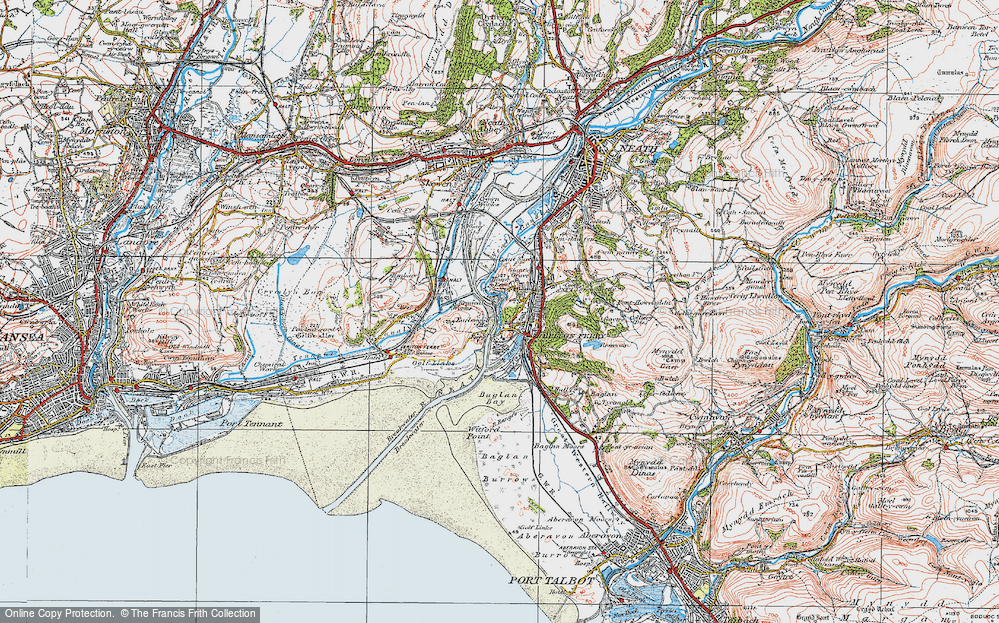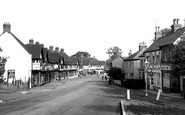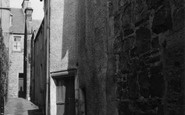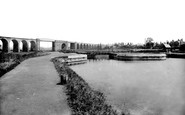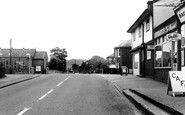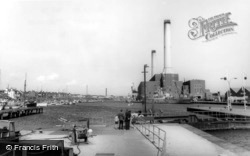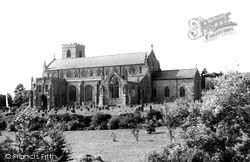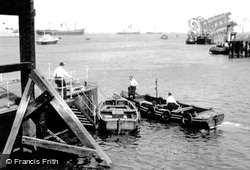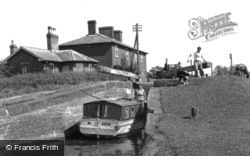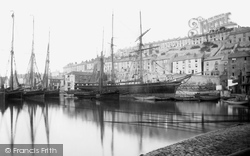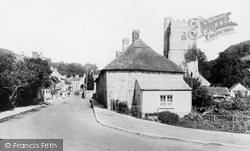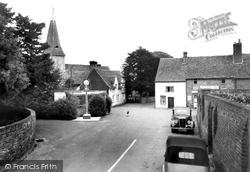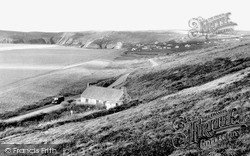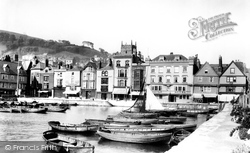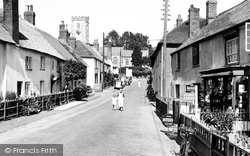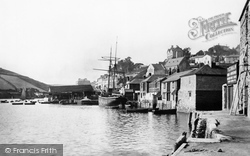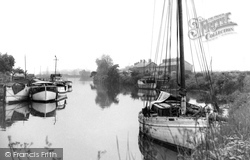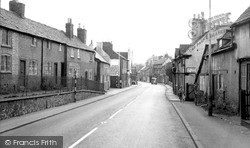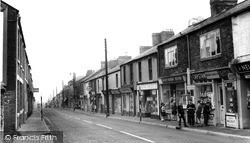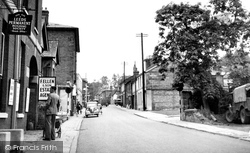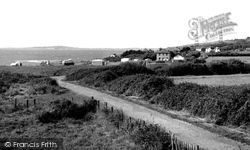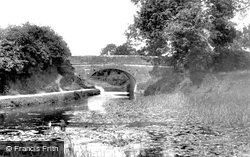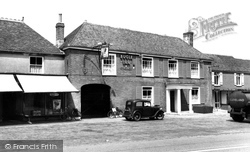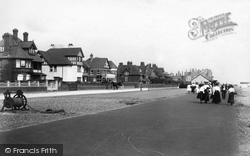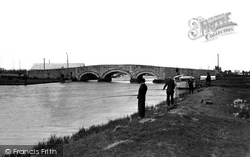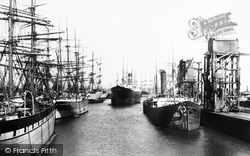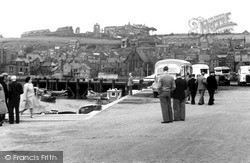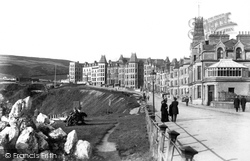Places
Sorry, no places were found that related to your search.
Photos
Sorry, no photos were found that related to your search.
Maps
670 maps found.
Books
4 books found. Showing results 673 to 4.
Memories
1,789 memories found. Showing results 281 to 290.
Some Good Times & Some Bad Times..
I was about 6 or 7 when I was first in Wales. I was put into a school in place called Llanabrie, it was called Coombe School and I think it was a ‘naughty boys’ school. It was a long time ago; I don’t think I was ...Read more
A memory of Llansteffan in 1940 by
Year Of 1959
My grandmother came from Shepton Mallet and left to live in West Yorkshire. I came to live for a short while and attended school out on Charlton Road. The house I lived at was the last one on Waterloo Road at its junction with ...Read more
A memory of Shepton Mallet by
Mill End Church
Around the time I was in Mill End Junior school up to the age of 11 (1948-1951?), the school was affiliated for some reason to the church, which sat by the sports field up the hill. As a small boy in shorts I was puzzled by ...Read more
A memory of Rickmansworth by
Dogdyke County Primary School
Being born in 1957 I attended Dogdyke County Primary school from 1962 whilst living with parents in Witham Drive, Chapel Hill. We used to walk or cycle to school in those days. Shortly after then we moved to ...Read more
A memory of Dogdyke in 1962
Shops In Upminster
Great site, so,pleased to find it. Lived in Cranham for 15 years and just loved Upminster for shopping, a particular favorite being Roomes. I left the area about 15 years ago and went back to visit a short while ago. Still in ...Read more
A memory of Upminster
The Awakening
On the right of the photograph the second shop belonged to Arthur Sansom, the Newsagents and Confectioners. It has a sign board above the shop front: PICTURE POST. In the Easter holidays of 1959 at the age of 14½, I took my first ...Read more
A memory of Locksbottom
A Handy Short Cut
This led down to Castle Terrace where my Auntie Lizzie Cuthbert lived. If I had no money to spend in the baker's, I could nip down here on my way to school. We could course also see the stepping stones - a source of wet ...Read more
A memory of Anstruther Easter by
Crossing The Canal
A regular feature of Saturday mornings was walking ( very carefully ) along the slightly hazardous foot-way across the top of the lock gate on my way to visit my grandparents in Moss Road. This was the short cut also taken by ...Read more
A memory of Northwich by
Borough Green. The War Years.
Hallo Marian/Miss/Mrs. Have discovered this website. I lived near the Station and next door but ond to the Cinerma from 1934 until the early 50, I was a contempory of Gerald Cloke and Tony Jessup. Both sadly long ...Read more
A memory of Borough Green by
Roecliffe Manor Or Charnwood?
I think this was the convalescent home I was sent to in 1947 when I was 5 years old. My family referred to it as "Charnwood" which is confusing me. The picture is vaguely familiar.though. I was very unhappy ...Read more
A memory of Woodhouse Eaves by
Captions
1,058 captions found. Showing results 673 to 696.
To the south of the harbour stood the power stations and gas works, the main users of coal, which represented over half of the port's total commodities by the end of the 1950s.
The church was built in the 13th century and enlarged by wealthy Glaven port traders in the 14th century; the features, details and monuments inside are truly outstanding, even among the great wealth
cast off from the jetty; beyond, this busy reach of the River Thames is crowded with an assortment of vessels preparing either to take on river pilots for the twenty-six mile journey upstream to the Port
It runs between Wolverhampton and Ellesmere Port. It passes through delightful countryside, and maintains a level for twenty miles until it reaches Wheaton Aston.
Despite its fame as a fishing port from the Middle Ages onwards, people have lived around Brixham for some half a million years.
Axmouth, the last coastal community wholly in Devon, was an important port until its river entrance silted up.
Once the port for Canterbury, Fordwich was a town when Domesday was compiled. Now it is now just an attractive riverside village.
this beach, as documented by Giraldus Cambrensis: 'We then passed over Niwegal sands, at which place (during the winter that King Henry II spent in Ireland), as well as in almost all other western ports
Dartmouth was once one of England's greatest ports, exporting wool and cloth.
It is hard to believe now, but East Budleigh was a port before the river Otter silted up around the sixteenth century. Sir Walter Raleigh was born just outside East Budleigh at Hayes Barton in 1552.
Salcombe is a small port at the mouth of the Kingsbridge estuary. It is so sheltered and mild that even oranges have been known to grow there.
Now used just for pleasure boating, the River Weaver would once have been very busy with boats carrying salt to ports along the Mersey estuary.
Walk a short distance from the hamlet and marvel at numerous waterfalls, disused pits and the course of the Roman road through Combs Wood.
In this photograph the main road looks quiet, but traffic between Leicester and Loughborough would, in a few short years, build to a crescendo through the narrow streets.
Only one of the boys is wearing shorts; the other three are in jeans, which were becoming readily available at around 7s 6d a pair.
Opposite was Heath's Brewery, started by Charles Heath in 1778, shortly before coaching reached its peak. Coaching sharply declined after 1845 when the railway reached the edge of the town.
Radar was the word in common parlance, but in fact they were radio beacons, carrying ultra- short wave command signals of the United States Air Force - bounced off the troposphere - between
In the event, the main line from Taunton was built as a tub boat canal with a very short life, and an 11-mile stretch from Loudwells to Tiverton was built as a barge canal.
Once an inland port, Botley stands at the head of navigation on the River Hamble. Barges travelled upstream for corn, coal and timber until the early 20th century.
Sir Arthur Wellesley, later the Duke of Wellington, lived in Castle Road in 1808, and later at Walmer Castle as Lord Warden of the Cinque Ports, where he died in 1852.
As one old guide book pointed out, 'To every broadsman who quants his wherry along the slow rivers, Acle Bridge is a haven or port of call.
It was opened in 1889 and became the greatest coal shipping port in South Wales, handling 11 million tons in 1913.
The old 'charas' now graced by the name of coaches brought many day trippers to our old port.
This photograph gives us a good view of some of the late-Victorian seafront developments at Port Erin.
Places (0)
Photos (0)
Memories (1789)
Books (4)
Maps (670)


